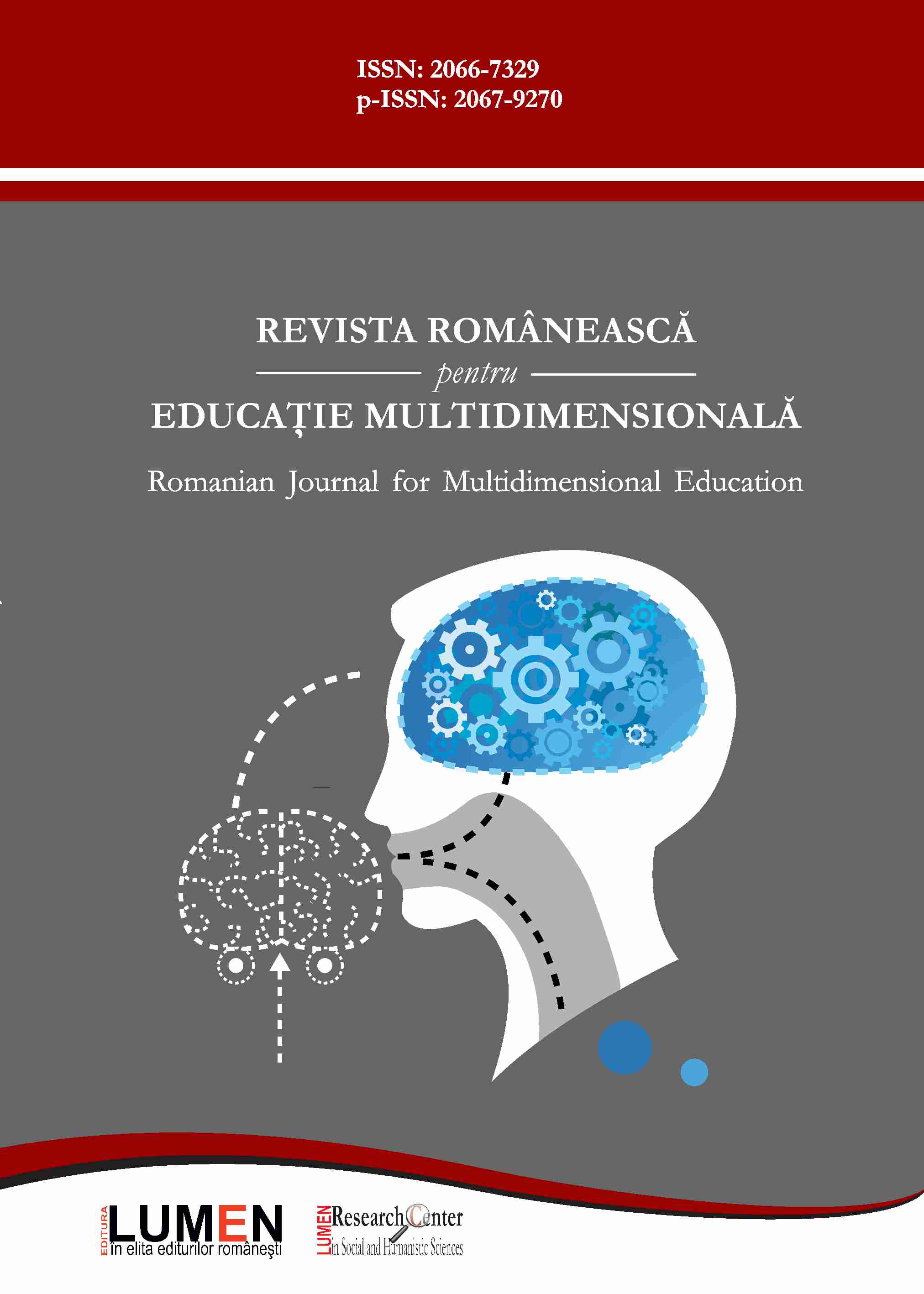Comparison of Procedures Applied on the Auditive Feedback Equipment, Neuromuscular Electrostimulation and Kinesitherapy in Kyphotic Attitudes Recovery
Comparison of Procedures Applied on the Auditive Feedback Equipment, Neuromuscular Electrostimulation and Kinesitherapy in Kyphotic Attitudes Recovery
Author(s): Mircea-Nicolae Ordean, Emilia Florina Grosu, Vlad Teodor Grosu, Radu Adrian Rozsnyai, Alexandru MuresanSubject(s): Social Sciences, Sociology, Health and medicine and law, Sports Studies
Published by: Editura Lumen, Asociatia Lumen
Keywords: auditive feedback; neuromuscular electrostimulation; kyphotic attitudes; kinesitherapy; vertebral spine;
Summary/Abstract: Problem statement: The general objective of our study has the investigation of the effectiveness of three different procedures used to improve kyphotic attitudes. Purpose of the study: to analyse and compare which correction is the most important to address the deficiency. The following procedures are analysed: auditive feedback equipment, neuromuscular electrostimulation and kinesitherapy. Methods: subjects were 20 young people aged 15-18 years who were diagnosed with this deficiency. Research designs: these measurements were made in three different spatial times: initially, intermediate (after one month) and at the end (after two months). Findings and results: the most effective procedure were kinesitherapy, followed by the neuromuscular electrostimulation procedure, and the last in this hierarchy being the auditive feedback equipment procedure. Within the three groups, higher values were obtained at the initial measurement, compared to the intermediate one and the final one. The results obtained were statistically processed using the SPSS software, more precisely we used the ANOVA method to make comparisons between the three experimental groups and the T test to compare the three measurement moments. Therefore, at the end of the study, following the comparison of procedures, the most effective procedure for correcting the kyphotic attitudes was established. Conclusion Based on the results of this study we want to see if we can track the performance of other recovery methods through a software tracking.
Journal: Revista Românească pentru Educaţie Multidimensională
- Issue Year: 14/2022
- Issue No: 1Sup1
- Page Range: 299-311
- Page Count: 13
- Language: English

